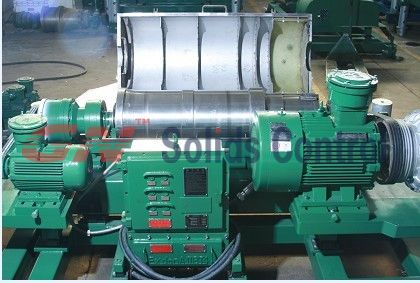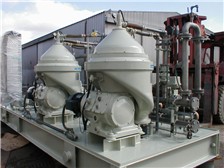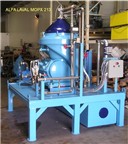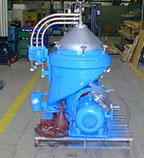Coming Full Circle
The resurrection of gas centrifuge technology for uranium enrichment—a dream come true for many Oak Ridge researchers—has brought the largest CRADA ever to ORNL.
From neckties to popular music, numerous trends and ideas identified with the 1970s are finding their way back into the American mainstream more than two decades later. The phenomenon extends to the world of technology, where the gas centrifuge method for making fuel The uranium enrichment technology using spinning rotors was largely developed in Oak Ridge; highlights were the successful operation of the first cascade of 35 centrifuges in 1961 and the startup of the Centrifuge Test Facility in 1975. Centrifuge technology was shelved in 1985 by the Department of Energy in favor of the now-abandoned atomic vapor laser isotope separation (AVLIS) technology. At the time, fiberglass centrifuges were being built for a DOE-sponsored centrifuge enrichment plant at Portsmouth, Ohio. The plant closed in 2000. Research on AVLIS continued at DOE's Lawrence Livermore National Laboratory. "The uranium enrichment market was nonexistent in the mid1980s because nuclear power was not seen as the energy source of the future," says John Shaffer of ORNL's Nuclear Science and Technology Division. "Interest in centrifuge technology for uranium enrichment in the United States lay dormant until 1999." By then, DOE had turned over the agency's enrichment facili-ties—two gaseous diffusion plants—to a new private company, the United States Enrichment Corporation (USEC). USEC, which has one-third of the world's enriched uranium market, obtains one-half its product from down-blended Russian weapons material and half from the gaseous diffusion plant in Paducah, Kentucky.

Multiple gas centrifuge cascades were constructed at the Portsmouth Gaseous Diffusion Plant in Ohio and successfully operated until the program was discontinued in 1985.![]()












